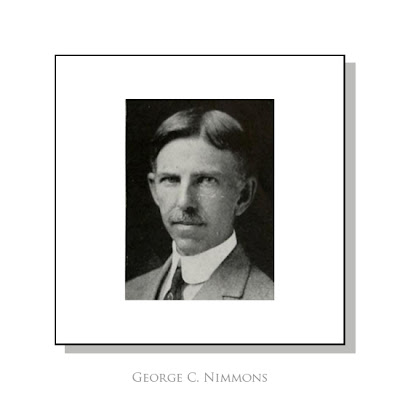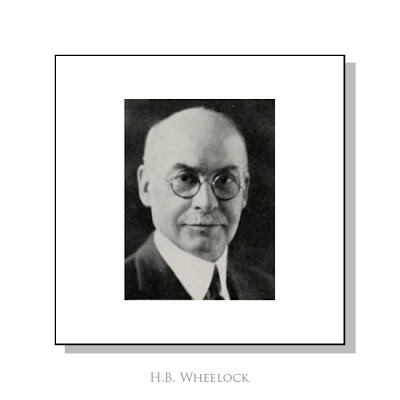I remain fascinated by the aerial view of Chicago Chicago Gray Towers Pittsfield Field Building Engineering
Buildings Roanoke
Tower
+++++
I physically ache when I see a photograph of the now
demolished Diana Court Light
Bridge
Instead, these architects simply died or retired. To Boca or La Jolla . The few who survived Depression and War,
though successful, were clearly diminished. The dream had died with the Century
of Progress.
But their few buildings still, remarkably, live. And so should their creators.
+++++
HUBERT BURNHAM
Very special thanks to SBK.
++++
Fine Art Photographs of Chicago Landmark Architecture
and Sculpture
++++
.






















































































